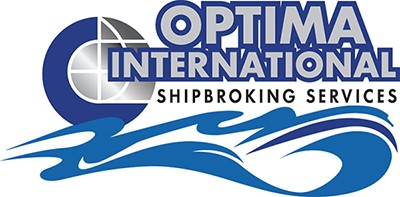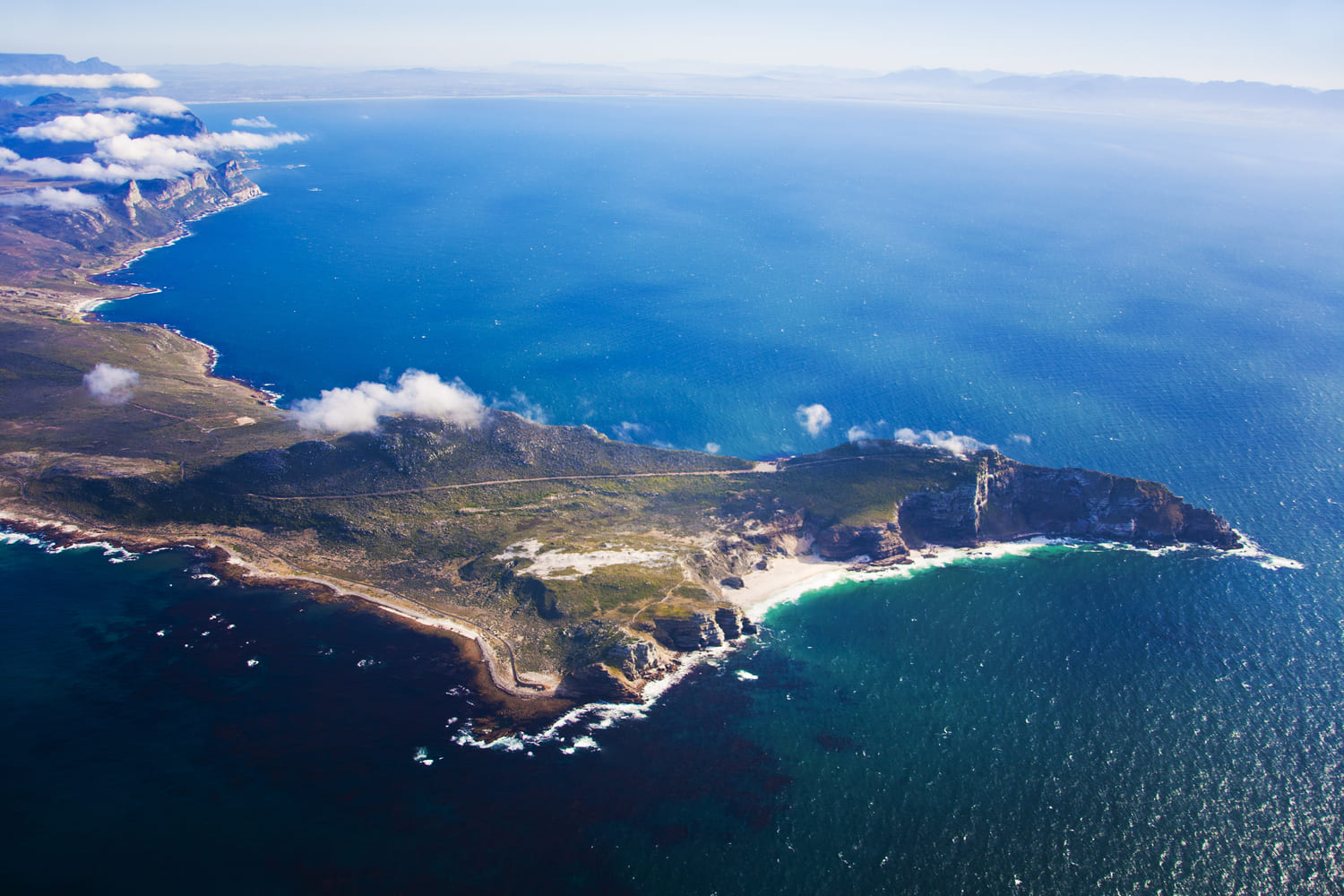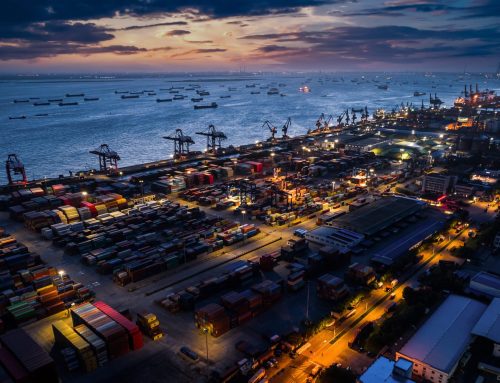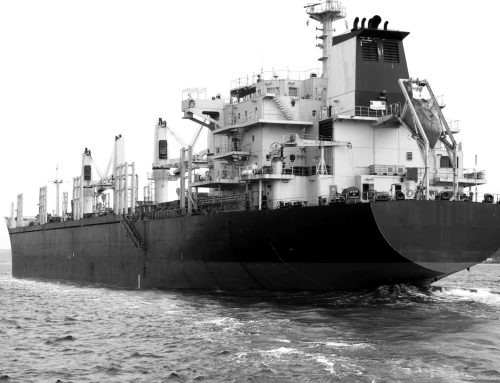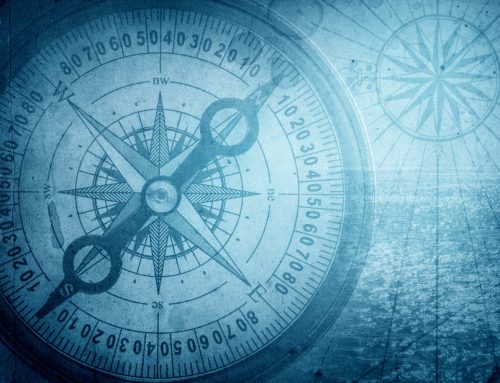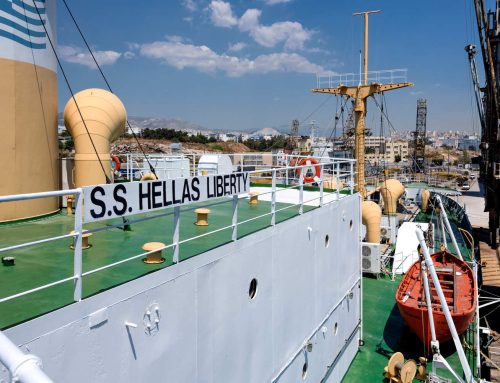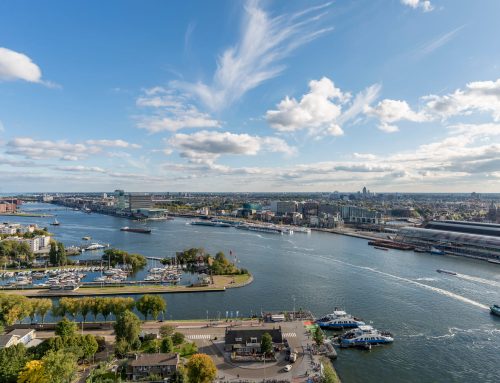The Cape of Good Hope is a rocky headland on the Atlantic coast of the Cape Peninsula in South Africa. It was initially called Cape of Storms, “Cabo Tormentoso” by the navigator Bartolomeu Dias who first reached it, without being able to round it, arriving from Europe in 1488. Its calming name derives has nothing to do with prevailing weather conditions but from a secondary aspect that was much more important at the time. With the discovery of the Cape of Storms, the hope was concretely opened that the Indies could be reached by sea.
Some sources say that Chinese, Arabian or Indian explorers may have already visited the area. Old World maps such as Kangnido and Fra Mauro (made before 1488) may provide evidence of this. There were also Stone-Age hunter gatherers present in the Western Cape area in around 100,000 BC. They survived the Ice Age and, according to fossil discovery, by around 8,000 BC they had developed bows and arrows. By approximately 2,000 BC tribes from further inland had allegedly brought skilled agriculturalists to the area so the current inhabitants started to grow crops.
The discovery of Cabo Tormentoso ultimately came about because of Prince John, son of King Afonso V. John was supervising Portugal’s trade with Guinea as well as exploring the western coast of Africa. He wanted to close the area to foreign shipping, so when he accessioned in 1481 he ordered some new voyages. The King of Portugal John II, decided to change its name to “Cape of Good Hope”, (“Cabo de Boa Esperanca”) because it was hoped that it would clear the way to India, which would simplify trade with the East.
Dias was entrusted with one of these voyages: to find the southern limit of Africa. His ship was named São Cristóvão. With him were some leading pilots of the day as well as his associate João Infante and Dias’s brother Pêro. It is said that Dias departed in August 1487, spotting the Cape on his homeward journey in late 1488. Dias died at sea in 1500.
Nine years were to pass before Vasco da Gama, another Portuguese seafarer, also attempted a voyage around the southern point of Africa on his way to India.
Once again the seafarers met up with Khoi people and some of Vasco da Gama’s crew were hurt in a skirmish with them. The Khoi were prepared to trade with the seafarers but, because of communication problems and misunderstandings, there were many problems and disagreements between the two groups. On 25 December 1497, Da Gama reached the coast of Pondoland and called it “Natal”, meaning “Christmas”.
Although the Portuguese were the first to travel around the Cape, they were not seriously interested in southern Africa. They were wary of the indigenous population and the weather at the Cape was sometimes treacherous and dangerous.
In June 1580, nearly a hundred years later, Sir Francis Drake sailed past the Cape. He was on a voyage around the world, commissioned by Elizabeth I of England. It was winter, the weather was calm and the landscape serene.
The sight inspired Sir Francis Drake to utter the following words: “This Cape is a most stately thing and the fairest Cape we saw in the whole circumference of the earth.” More British expeditions followed and other European countries soon followed in their footsteps.
In the first half of the 17th century, it was mainly the English and the Dutch who made use of the route around the Cape for trading purposes. Danish and French ships also made stopovers to replenish their water supplies and to stock up with fresh produce.
Although the English, French and Dutch East India Companies all toyed with the idea of establishing a base at the Cape in the 17th century, it was the Dutch who finally took the plunge. Carl Peter Thunberg, the Swedish botanist and traveller, who first visited the Cape of Good Hope in 1772, wrote that it “may with propriety be stiled an inn for travellers to and from the East Indies, who, after several months sail, may here get refreshments of all kinds, and are then about half way to the place of their destination, whether homeward or outward bound.” Cape Town was called by its Dutch residents de Indische Zeeherberg—“the Tavern of the Indian Ocean”—and the phrase is probably of seventeenth-century origin.However that may be, from the time that Jan van Riebeeck planted the Dutch flag there in 1652 until the opening of the Suez Canal over two centuries later, the Cape was the maritime half-way house between Europe and Asia, and the denizens of Cape Town were the hosts of the tavern situated at the confluence of the Indian and the Atlantic Oceans.The Cape was always surrounded by stories of ships that vanished in the storms, of shipwrecks, of legends and unsurpassed waves and the inability to double the Cape. But the most legendary of all is about“The Flying Dutchman”. Along with its superstitious reputation comes tall tales of a ghost ship doomed to sail for the rest of eternity. And even though the haunting tale is known to be fictitious, some elements of this story aren’t fables. Truth be told, there was, indeed, a captain named Hendrick Van Der Decken who set sail in 1680 from Amsterdam en route to Dutch East India. Legend has it the Dutch captain persisted through heavy storms, against the pleas of his crew that believed the storms to be a warning from God. After the vessel inevitably sunk and sent all its passengers to their deaths, it is believed the captain’s stubbornness doomed all aboard to sail near the Cape for eternity. So, what makes this simple story so famous? Over the years, there have been several claims of seeing the phantom ship sail. These reports were made seriously and were entered into the logs of the ships that sighted the vessel. A famousinstance occurred on July 11th 1881. One of the boats sailing in a special quadron under Louis of Battenburg was the HMS Bacchante. A ceratin young midshipman, later King George V of Britain, recorded in his diary “At four a.m. the Flying Dutchman crossed our bows”. Some people have even feared a collision based on what they saw before it quickly disappeared. Whether you believe these tales or not, you have to admit the sheer number of incidents that have occurred on this coast is quite high. But you shouldn’t let that stop you if you’re thinking about visiting. These stories only scratch the surface of South Africa’s lengthy history.
The Cape was also known as the ‘Graveyard of ships’ is the apt name of the Cape of Good Hope for this coastal line is marred with nearly 3000 sunken ships. So many stories lie at the pit of this merciless ocean and only a few of them have submerged to keep the ships alive. One of them was The Arniston. The beautiful cargo ship was bringing back wounded British soldiers from the Kandyan wars in Ceylon (Modern day Sri Lanka) when it hit a violent storm off the Cape Coast. The cargo ship was not fast, but it was packed to the hilt with world class cannons, enough to be considered for war. It was the perfect vessel to bring soldiers home, but the ship lacked the correct navigational equipment. Its technological blindness was not a problem when it sailed amidst vessels traveling in the same direction.However, on the morning of the 30th of May 1815, the Arniston lost sight of her peers in the midst of a raging storm. Mistaking the Cape Agulhas for Cape Point, they travelled west and found themselves heading towards a reef without any use of the anchor due to the storm.Captain George Simpson had no choice but to run the ship aground. Only 6 of the 378 survived.The sad story of wounded soldiers who never made it home became so popular, that the town closest to the wreck was named Arniston and a museum survived in its honour. A lighthouse stands near the reef reminding ships not to take the same path as the fateful Arniston. When you book your stay, go and dive the wreckage.
“The Waratah” was meant to be the ultimate luxury liner. The Scots created a ship that would make the Australians proud. It was the most luxurious and sophisticated ship, bringing the finest people to Australia and returning the finest goods back to England. Apart from its dual purpose of being a cruise liner and a cargo ship, it was considered to be no match for the ocean. It was thus named the Waratah after a flower found in New South Whales, a flower which conquers many hardships yet never loses its beauty. On the 26th of July 1909, the SS Waratah left Durban for Cape Town and passed many other vessels who reported no problems could be seen on the ship. The last vessel that saw it reported that it was battling the heavy seas and suggested that smoke may have been arising from the boat. But the weather conditions were so harsh that there was no telling if the smoke was coming from the land or the boat itself. On it expected arrival of the 29th of July 1909, the SS Waratah never showed up. Rescue missions went on for two years with the ship never being found. Still to this day people have tried to find the wreckage, but with no success. Theories of giant whirlpools and paranormal activities have attempted to explain what happened. The most likely theory is that a giant freak wave, common in the area, flipped the ship over, trapping any buoyant debris and breaking up the boat into too many pieces for wreckage to be visible.In the museums of the Great Wild Cost, you can visit the local museums and hear about these stories, or venture to the top of Table Mountain to see the area where many think the SS Waratah mysteriously went down.
Sources
www.south-africa-tours-and-travel.com
